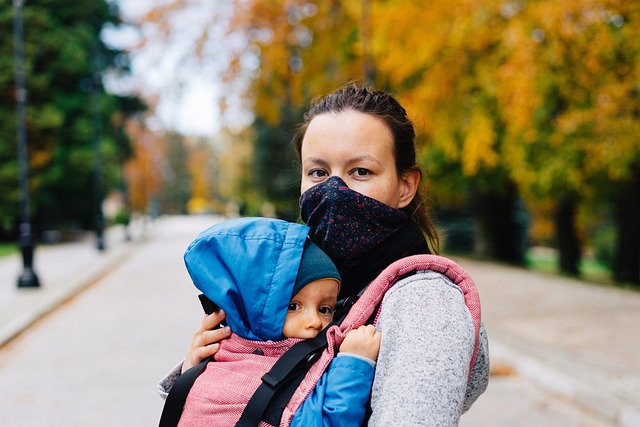As a parent or guardian, it’s natural to worry about the online safety and well-being of your children. With the internet accessible from anywhere and at any time, it can be overwhelming to ensure that your kids are protected from potential harm. In this article, we’ll explore the importance of managing online safety for children, provide practical steps to take, and discuss ways to maintain a healthy digital environment.
Understanding the Risks
The internet offers numerous benefits for children, including access to education, social connections, and creative expression. However, it also poses risks that can have serious consequences. Children are more vulnerable to online exploitation due to their inexperience and limited understanding of the online world. Cyberbullying, online harassment, and exposure to inappropriate content are just a few examples of the potential threats.
Key Points for Managing Online Safety
1. Set Boundaries and Rules:
Establish clear rules for your child’s online behavior, including limits on screen time, access to certain websites, and social media usage. Make sure your child understands these boundaries and the consequences of breaking them.
2. Monitor Online Activity:
Regularly monitor your child’s online activity, using parental control software or built-in features on devices to track browsing history, app usage, and online interactions. This will help you stay informed about their digital activities and address any concerns promptly.
3. Use Strong Passwords:
Instruct your child in creating strong passwords that are easy for them to remember but difficult for others to guess. Encourage them to use a password manager or create complex combinations of characters, numbers, and special symbols.
4. Educate About Cyberbullying and Online Safety:
Take the time to educate your child about cyberbullying, online harassment, and digital citizenship. Discuss how to recognize and report suspicious behavior, as well as strategies for maintaining a positive online presence.
5. Use Age-Appropriate Devices and Content:
Ensure that your child uses devices and content suitable for their age group. Install parental control software on devices and access age-restricted content with features like Screen Time or Digital Wellbeing.
6. Stay Informed about Online Trends and Risks:
7. Engage in Open Conversations:
Maintain open and honest conversations with your child about online safety and digital citizenship. Encourage them to ask questions and seek guidance when faced with online challenges or concerns.
8. Set a Good Example:
As a parent, it’s essential to model the behavior you want your child to emulate. Demonstrate responsible online habits and respect for others’ digital presence, as children often learn by observing their parents.
9. Use Two-Factor Authentication:
Enable two-factor authentication (2FA) on devices and accounts to add an extra layer of security. This will make it more difficult for unauthorized individuals to access your child’s online accounts.
10. Regularly Review Online Policies:
Regularly review and update your family’s online policies, including rules for device usage, social media engagement, and internet access. Ensure that all household members are aware of these guidelines.
Conclusion
Managing online safety for children requires ongoing effort and attention from parents and guardians. By setting clear boundaries, monitoring online activity, educating about cyberbullying and digital citizenship, and staying informed about online trends and risks, you can help create a healthy digital environment for your child.
Remember that every child is unique, and what works for one may not work for another. Be patient, flexible, and open to adjusting your approach as needed. With time and practice, you can build a strong foundation of online safety and digital citizenship that will serve your child well throughout their life.
